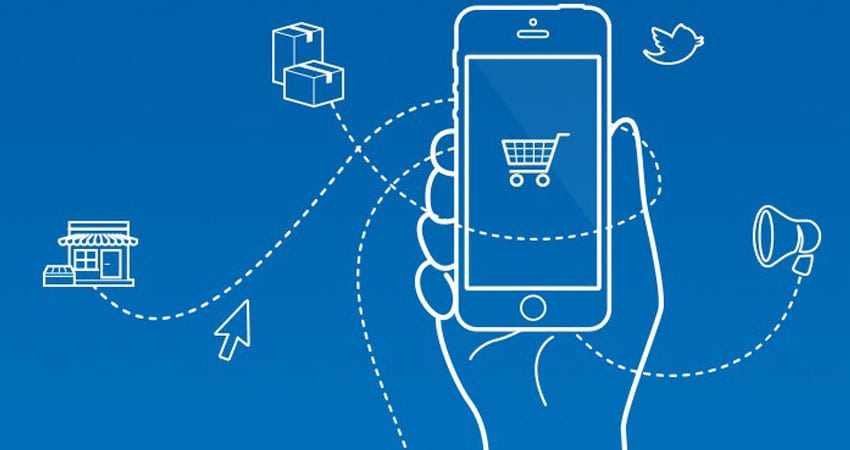Lapsed-purchaser campaigns, also known as win-back campaigns, are a staple in many retailers’ email marketing programs. These automated emails are sent to past purchasers who have not repurchased in a certain period of time, and the strategy typically consists of several incentivized messages that often increase in value from one email to the next.
Time and time again, I see retailers consider these messages a high priority. And for whatever reason, they’re almost always deemed a much higher priority than implementing post-purchase messages.
There’s a fundamental flaw with this approach: Retailers assume loyalty comes with every purchase. But they shouldn’t. A one-time purchaser is not a customer, and a repeat customer is not necessarily loyal. These assumptions result in retailers waiting for customers to lapse before engaging them. By then, that customer may be lost for good.
Before focusing on how to win back lapsed purchasers, retailers should step into the shoes of their customers and evaluate their purchase experiences. This helps retailers become more proactive in identifying areas which may cause customers to stray. Retailers can then work to transform these deficiencies into value-adds that make customers want to return to their brand.
Here are three ways to become a more proactive retailer:
Create Personal Customer Experiences
Customers are most engaged with brands at the time of purchase, but they often receive promotional emails the day after they make a purchase. Promotional messaging at this stage holds little, if any, value for them. Not only will this not help create loyalty, but it may be enough to persuade them to ignore your emails moving forward.
What you may find is that promotional emails sent the day after a purchase have a 60% open rate – along with a 1% click rate and zero conversions. The open rate is indicative of the customer’s temporary high engagement with your brand. But because they just purchased, the click and conversion metrics are significantly low because the message holds little-to-no value for them. They may now assume any future messages will also not be valuable and may choose to ignore your subsequent emails.
Think about how you can create effective post-purchase messaging to improve the customer experience. This messaging will help nurture the customer and provide a more personal customer experience.
Customer First Service & Policies
Lacking customer service and customer-friendly policies can cause shoppers to stray from your brand. This could come in the form of friendly and helpful store associates or customer service reps, customer-first return policies, satisfaction guarantees, or otherwise.
An example of this is when I was once gifted an electronics product. One day, the display screen went gray. It clearly wasn’t fixable. Although this happened beyond the one-year warranty period, I contacted the company to see if there were any last-ditch troubleshooting steps I could take. The customer service rep politely walked me through their procedures and confirmed the unit was a goner. Unprovoked, they told me to email my address to them and they’d send a replacement unit. I did not ask, nor did I expect it.
I was floored by their level of service, and I have since purchased more of their items as gifts and recommended their products to others. I won’t even consider looking at another company for products like this in the future.
Getting the Most out of Your Purchase
Buying something is great but getting the most out of it is just as important. Being proactively helpful can have a significant impact on customer satisfaction. Proactively showcasing how a customer can care for a product (e.g. washing instructions), or better use the product (e.g. how-to instructions) will likely result in higher customer satisfaction with their purchase experience, the product, and your brand.
Retailers with brick-and-mortar locations should think about how they can connect online and in-store purchases. Using email to drive purchasers in-store can be a great way to add to the customer experience. For instance, if you sell eyewear, you may want to send emails reminding the purchaser of free in-store lens cleaning and adjustments. Your physical store surely offers something of value for the customer, such as free returns, in-store stylists, upgrade trade-ins or otherwise. Identify what those are and start connecting the online-offline customer experience.
I recently spoke to a seasonal goods retailer who sells high-end, made-to-last Christmas trees. Their customer service department constantly received a high volume of calls from recent customers asking how to properly fluff their trees. They took these inquiries and turned them into a dedicated post-purchase email message sent to new tree purchasers. This resulted in a decrease in customer service inquiries, higher email engagement, and increased customer satisfaction.
Never Lose Sight of the Customer
Retailers should never assume customer loyalty. They should focus on all aspects of the customer journey, especially within an email program. Lapsed-purchase messaging has its place in email marketing programs and can be an effective tactic, but it is not a stand-alone strategy.
Retailers should automate messaging that nurtures the consumer at each stage, from welcome messages and cart abandonment to lapsed-purchase messaging, to provide a more personalized brand experience.
These positive purchase experiences are some of the things that can keep customers loyal, not deep discounts and batch-and-blast messaging.
Greg Zakowicz is Senior Commerce Marketing Analyst at Oracle Bronto

